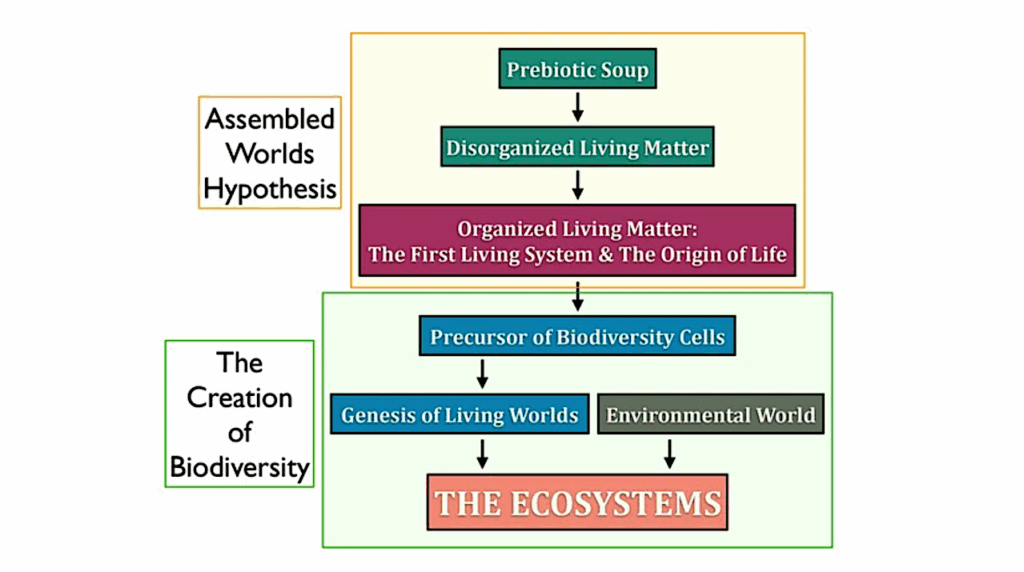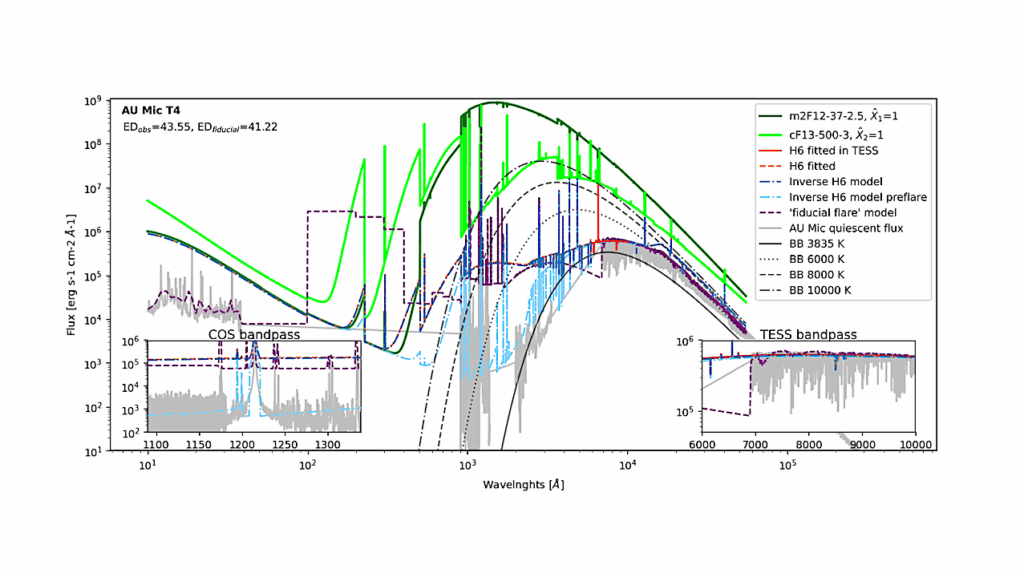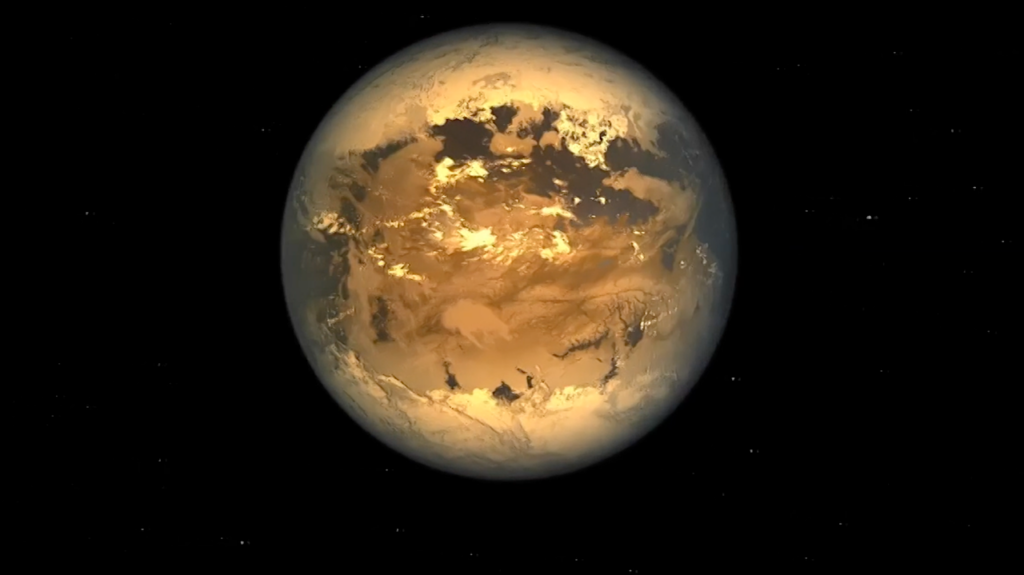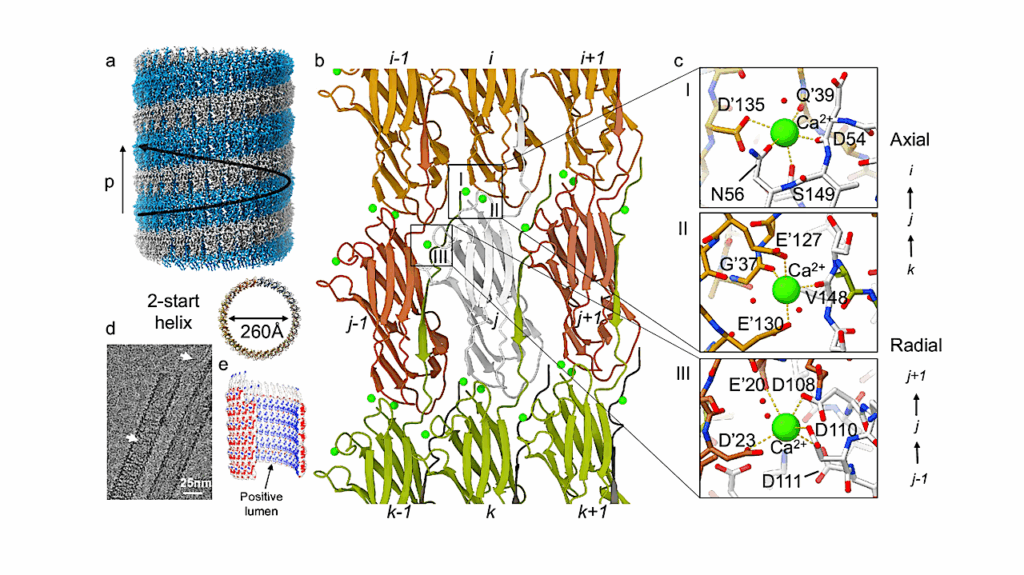Oxygen Increased In Earth’s Tropical Ocean During The Paleocene-Eocene Thermal Maximum
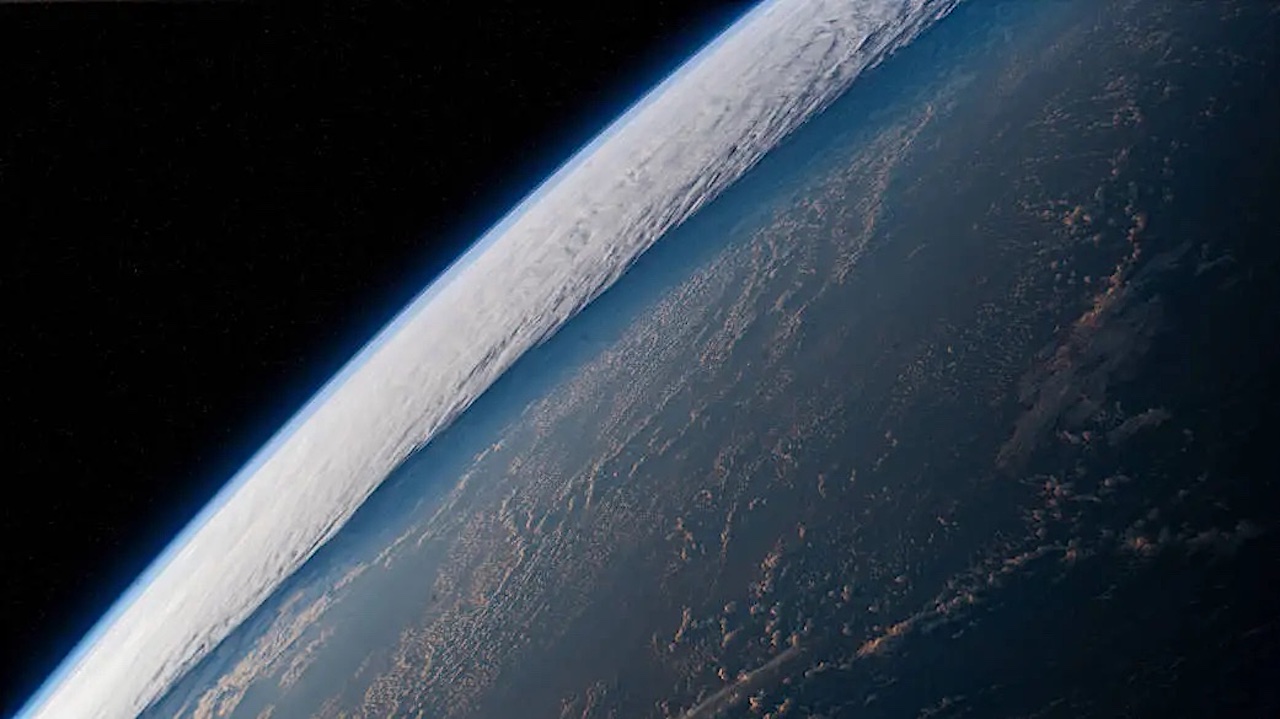
Oxygenation in the tropical North Pacific Ocean increased during a warm climatic interval that occurred roughly 56 million years ago, despite high global temperatures, according to a new study.
Its findings offer insights into how modern tropical oceans may respond to ongoing anthropogenic climate warming. The availability and distribution of dissolved oxygen in Earth’s oceans play a fundamental role in supporting marine ecosystems and marine life. However, oxygen in the global oceans is declining in response to anthropogenic warming.
Although these trends writ large are predicted to continue, the future of oxygen in the highly productive and biodiverse tropical ocean isn’t fully understood. Analyzing nitrogen isotope measurements in sedimentary records from the vicinity of the tropical oceans’ oxygen-diffident zones (ODZs) provides a means to understand how ocean oxygenation responded to periods of abrupt climate change in the past.
The Paleocene-Eocene Thermal Maximum (PETM) is often considered a geologic analog to anthropogenic warming. Thus, the state of the oceans during the PETM could offer a prophetic glimpse of the future state of Earth’s oceans.
Here, Simone Moretti and colleagues use foraminifera-bound nitrogen isotopes from ocean sediment cores as a proxy for tracking past changes in marine denitrification, a process that occurs in oxygen-poor waters, including ODZs. Moretti et al. found that the tropical North Pacific ODZ contracted at the onset of the PETM, indicating a broader increase in oxygen availability in the shallow subsurface waters throughout the topical North Pacific despite the period’s rapidly warming climate.
The authors found that the findings were consistent with predictions from ocean circulation models of the PETM, which show that a reduction in primary productivity-driven oxygen demand allows tropical subsurface oxygen to rise, even as global ocean oxygen declines.
Moretti et al. suggest that this compensation effect may help to explain the relatively moderate level of pelagic extinction observed in the fossil record of the PETM. “By contrast,” they write, “increased tropical subsurface oxygen change was not adequate to ward off massive losses of tropical biodiversity at the end-Permian nor is it predicted to be in future projections of human-driven global warming.”
Astrobiology

